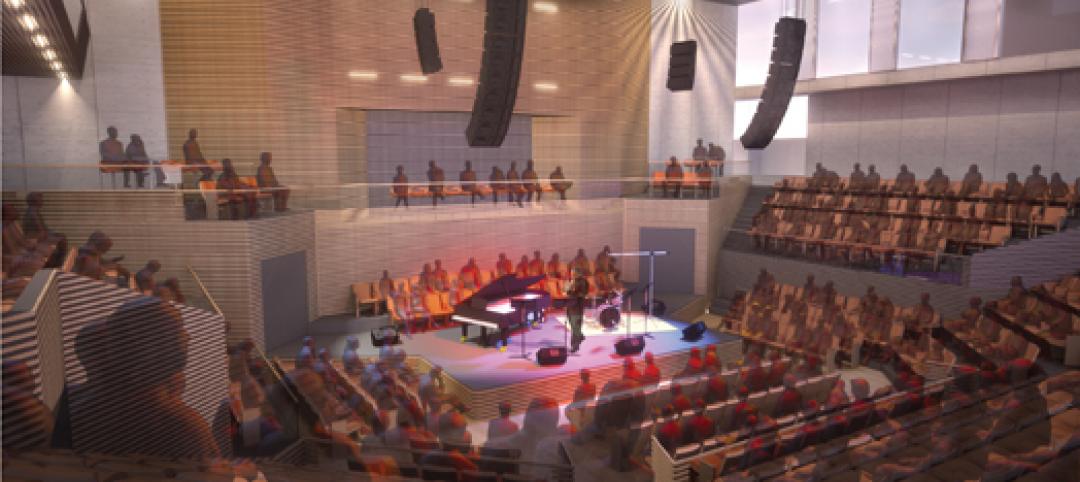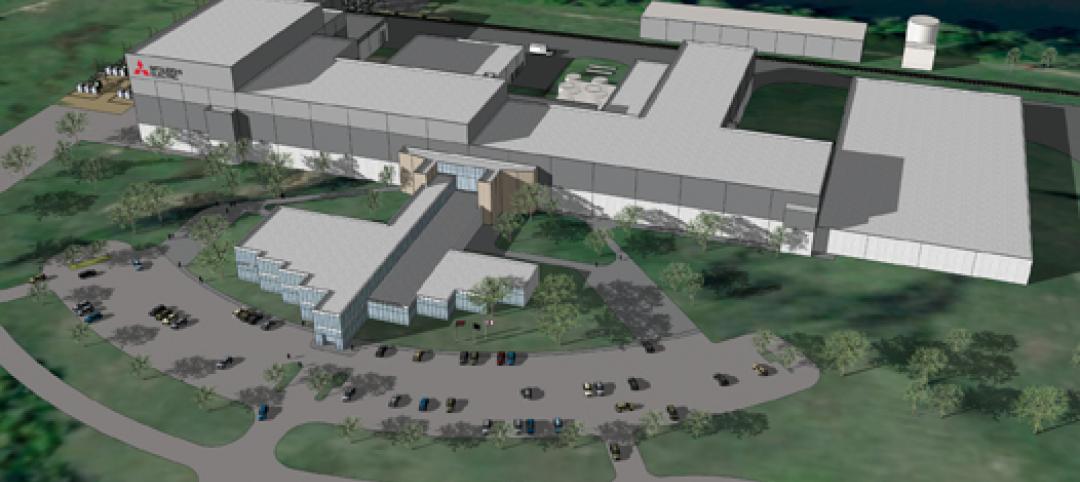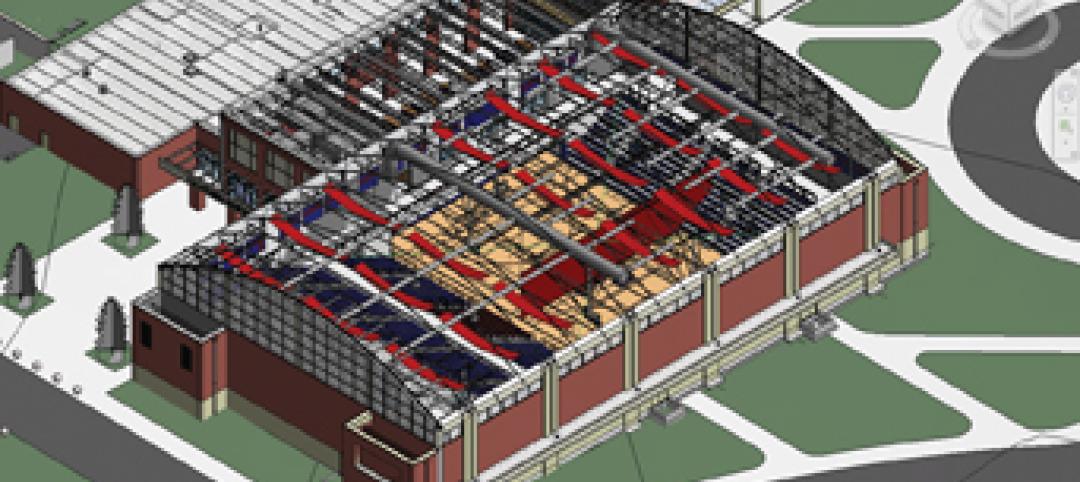Truth be told, for all parties involved in a construction project, it’s the bottom line that's the top concern. Owners and developers, architects and engineers, general contractors and subs, and consultants—every member of the team is ultimately—if not overtly—focused on the project’s profitability.
While this is the case, conventional approaches to cost estimating that many owners and developers have come to rely on may not always yield the best or expected results that benefit all parties. Budget shortfalls can often happen when they rely on data that is outdated, or when obtaining costs from a single source without enlisting a second pair of eyes to provide independent assessments and monitoring of budgets.
An alternative—working with an independent cost manager—may be a new concept for some owners, but holds far greater promise of saving them [and their team members] money and time. By treating the client’s investment as if it were their own, and actively serving as the client’s advocate, an independent cost manager adds quantifiable value to their work. Engaging a cost manager in the earliest stages of a project has a relatively modest impact on the process and timeline and can help to avoid snowballing setbacks as the project progresses.
Here’s a checklist of some key go/no-go indicators that cost managers use to put a project on the road to profitability:
- Scheduling. Hindsight may be 20/20, but in construction, foresight offers greater value. Cost managers use both historical and predictive data to determine the best time to break ground on a project and calculate its duration. Drawing on their knowledge of manufacturing and global logistics, cost managers can chart a reliable course for timely sourcing and procurement, resulting in an optimal schedule that appropriately captures project delivery risks.
- Market conditions. To make the most of investment dollars and establish a favorable financing environment, cost managers factor in real estate trends and cost variances for different locations. As part of the due diligence process in the early stages of a project, a cost manager can also advise clients on the programming of a building. Replacement cost estimates can reveal a building’s true value in the market, maximizing its selling value. This allows owners to see if the numbers work, and to make a go/no-go decision on the path forward.
- Procurement. A conscientious cost manager can advise their client about the advantages and disadvantages of a variety of alternative construction delivery systems, such as design-bid-build, design-assist, and design-build, helping them select the method that best aligns with their budget and schedule goals.
- Pricing. Lately, material, labor, and equipment costs have been exceptionally volatile. Unlike contractors and sub-contractors who draw solely on their past experience from the builder’s perspective to guesstimate these prices, cost managers minimize unexpected and unwelcome budget disruptions by using highly targeted, real-time data to accurately project future pricing trends. This forms the basis for creating a provisional budget for the various project-building components [i.e., structural system, exterior wall, lighting, and HVAC systems], an essential tool for developing and analyzing the project construction budget.
Watching for Red Flags
If a cost manager isn’t on board for the initial stages of the project, there are still opportunities to enlist their aid; in fact, there are critical situations when reaching out to an independent cost manger can mean the difference between a successful, profitable project and a resource-sapping undertaking. These three red-flag scenarios include:
- “Free” estimates. Often offered as an incentive for prospective clients by contractors, free cost estimates are frequently based on non-competitive data from a single source that may not reflect current dollar values or cost influencers, and therefore may not equate to a comprehensive construction cost. Third-party cost managers work only with fresh data—in many cases, proprietary—that accounts for current market conditions, is tailored to the needs of specific projects, and provides realistic cost information throughout the course of a project.
- Doubts from the design team. If the design team says the budget is inadequate, there is an opportunity to mitigate that before resorting to value engineering. Working directly with the design team, a cost manager can guide them through the process of identifying and selecting alternative solutions that won’t derail the design—or the budget.
- Rapid cost escalation in design-build projects. The efficiencies of the design-build delivery method are predicated on an accelerated schedule and a reduction in change orders. If there is a delay in any phase of the process, costs can quickly soar. A cost manager can step in and make new budget projections that can help reduce loss.
Once a cost manager has created the optimal scenario for the project, it’s a “Go” to the design phase. Having prepared cost estimates based on the schematic design documents, design development documents, and construction documents, the cost manager can provide guidance to the design team related to the cost impact of design decisions throughout the design process. Armed with this information, a realistic budget can be created, giving the design team a solid foundation on which to build, and minimizing budgetary surprises as the project moves into construction.
With construction costs typically making up about 70% of an owner’s budget in a project, there’s a lot at stake in a building project. When engaged at the outset of the job, a proactive cost manager will not just protect that investment, they will identify ways to increase the profit margins throughout the process. There’s little doubt that engaging a third-party cost manager adds a small cost up-front, but it will yield a larger payback; one that also pays it forward in terms of client service.
Related Stories
| Apr 12, 2011
Miami courthouse design does justice to children and the environment
Suffolk Construction broke ground recently for the Miami-Dade County Children’s Courthouse, a $328 million project the firm has a 30-month contract to complete.
| Apr 12, 2011
Long-awaited San Francisco center is music to jazz organization’s ears
After 28 years, SFJAZZ is getting its first permanent home. The San Francisco-based nonprofit, which is dedicated to advancing the art of jazz through concerts and educational programs, contracted local design firm Mark Cavagnero Associates and general contractor Hathaway Dinwiddie to create a modern performance center in the city’s Hayes Valley neighborhood
| Apr 12, 2011
Mitsubishi commissions electric power manufacturing plant in Memphis
Greenville, S.C.-based design and construction firm O’Neal Inc. is providing design, engineering, procurement, and construction services for Mitsubishi Electric Power Products.
| Apr 12, 2011
BIM Grows Up: Separating Hype from Reality in a 3D World
While BIM adoption still lags in both design and construction, some enterprising owners, architects, and contractors are unlocking the potential of this dynamic technology.
| Apr 12, 2011
Metal cladding: Enhancing design with single-skin panels, MCMs, and IMPs
Single-skin metal panels, metal composite panels, and insulated metal panels can add both aesthetic and functional value to your projects, if you use them correctly.
| Apr 12, 2011
American Institute of Architects announces Guide for Sustainable Projects
AIA Guide for Sustainable Projects to provide design and construction industries with roadmap for working on sustainable projects.
| Apr 5, 2011
What do Chengdu, Lagos, and Chicago have in common?
They’re all “world middleweight cities” that are likely to become regional megacities (10 million people) by 2025—along with Dongguan, Guangzhou, Hangzhou, Shenzhen, Tianjin, and Wuhan (China); Kinshasa (Democratic Republic of the Congo); Jakarta (Indonesia); Lahore (Pakistan); and Chennai (India), according to a new report from McKinsey Global Institute: “Urban World: Mapping the economic power of cities”.
| Mar 22, 2011
San Francisco ready to test hiring law
San Francisco's new construction law, billed as the nation’s toughest local hiring ordinance, establishes strict requirements for how many work hours on city-financed projects must be completed by city residents, starting with 20% this year. It also requires that a set percentage of hours be performed by low-income workers. The requirements apply to municipal construction projects worth more than $400,000 within 70 miles of the city.












